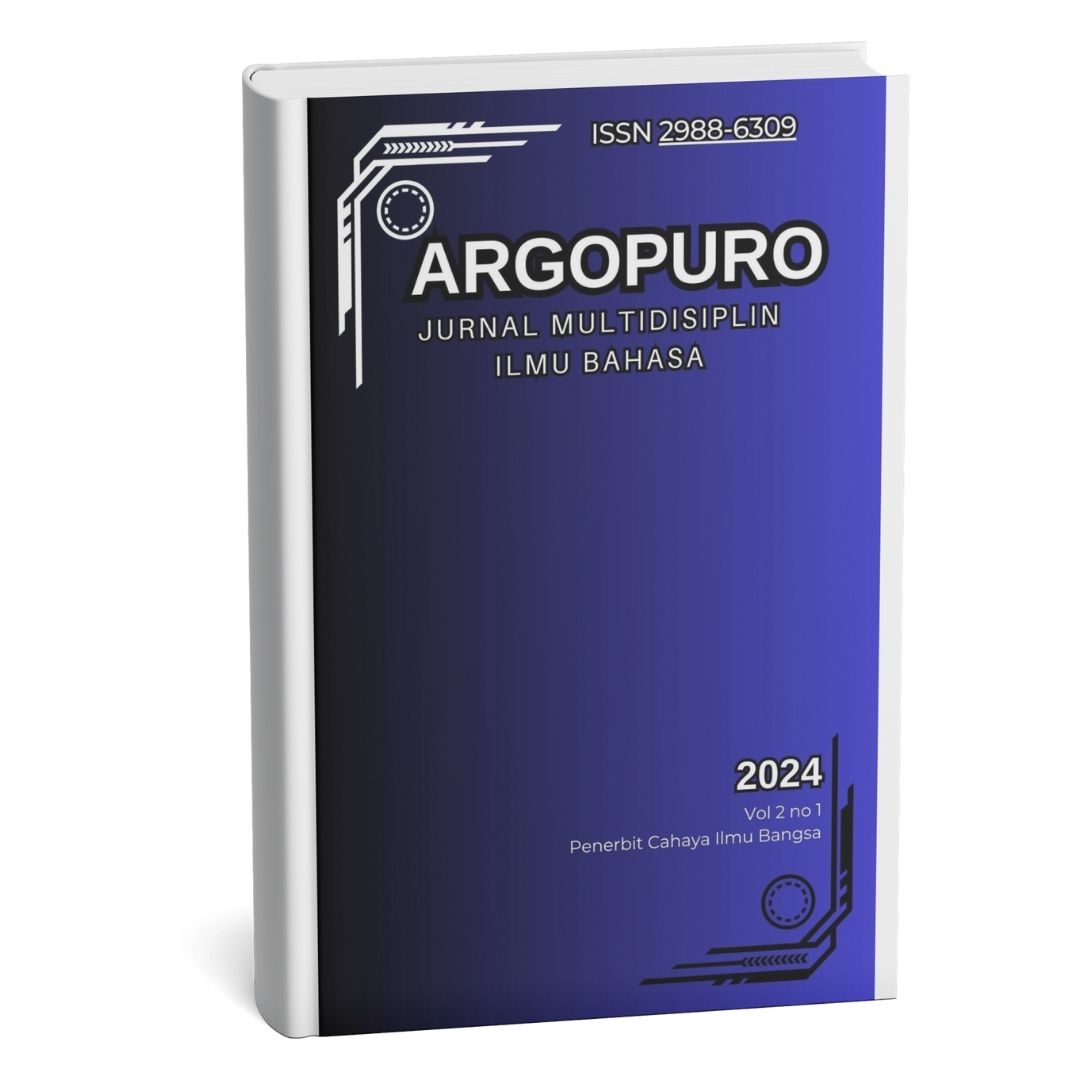AN ANALYSIS OF TRANSLATION TECHNIQUE IN TRANSLATION NORTH SUMATERA FOLKLORE; LEGENDA DANAU TOBA
Main Article Content
Abstract
This study investigates the translation techniques used by fourth-semester students of the English Education Study Program at Nommensen HKBP University Medan in translating the Indonesian narrative text Legenda Danau Toba into English. Guided by Molina and Albir’s (2002) theoretical framework, which classifies 18 types of translation techniques, this research aims to identify the types of techniques applied and to determine the most frequently used technique. This descriptive qualitative study involved 24 purposively selected students who had completed a translation course. Data were collected from the students’ translated versions of the text, which were segmented and analyzed sentence by sentence to identify the applied techniques. To ensure data validity, triangulation was conducted by involving two translation experts. The results revealed that 14 different techniques were employed, with literal translation being the most dominant (64.31%), followed by modulation (11.05%), adaptation (4.17%), and borrowing (3.80%). The dominance of literal translation indicates a strong dependence on the source text’s structure and meaning, reflecting students’ limited confidence and experience in producing idiomatic and culturally appropriate translations. These findings highlight the importance of strengthening students' skills in diverse translation strategies to enhance the quality and naturalness of their target text.
